
12 Indoor And Outdoor Cactus Plants For Your Home
In this article, we are discussing all these cacti:
- Rickrack Cactus (Selenicereus Anthonyanus)
- Fairy Castle Cactus (Acanthocereus Tetragonus)
- Christmas Cactus (Schlumbergera bridgesii)
- African Milk Tree (Euphorbia Trigona)
- Bunny Ears Cactus (Opuntia Microdasys)
- Moon Cactus (Grafted Hybrid)
- Golden Barrel Cactus (Echinocactus Grusonii)
- Old Lady Cactus (Mammillaria Hahniana)
- Claret Cup Cactus (Echinocereus Triglochidiatus)
- Golden Ball Cactus (Parodia Leninghausii)
- Mexican Fence Post Cactus (Pachycereus marginatus)
- Blue Columnar Cactus (Pilosocereus Pachycladus)

________________________________________________________________
When you think of low-maintenance plants for your home and garden, you cannot go wrong with succulents and cacti! Cactus plants are succulents; they store water in their stems or foliage and thrive in dry spells and rough, arid situations.
They require very little attention and care and perform admirably even when neglected for an extended time. Cacti plants are of many types. The family Cactaceae has nearly 2,000 species and around 139 genera. Unlike other succulents, cacti have distinctive features like areoles. These areoles are responsible for sprouting the signature spines, flowers, leaves, and branches. Like these, cacti take spectacular forms in thousands of varieties.

In the garden, cacti are best cultivated in containers, unless you live in a place that resembles their native habitat (the desert). When growing indoors, professional gardeners advise keeping them in the best sunny spot in your house and rotating their container, which will enhance their growth and allow them to maintain their signature looks.
Today, we are taking a closer look at some of the best cacti that you can grow indoors and outdoors with ease!
Before we begin, it's important to note that almost all cacti species are toxic and harmful to keep near children and pets. Remember to keep them away to prevent injury, and always handle them with caution.
1. Rickrack Cactus (Selenicereus Anthonyanus)
We are onboarding on this cacti journey with one of the exotic-looking cacti plants with stunning leaves unlike your usual cactus with spines and spikes!

Southern Mexico and the Mexican rainforest are home to the Rickrack Cactus, also known as the fishbone cactus or the zig-zag cactus. The lustrous, dark green of this cactus's leaves is what draws the most attention to it. The plant gets its name from the zigzag or fishbone pattern of its stem, which is rather striking. The fishbone cactus prefers to grow in the shade of the rainforest's leafy canopy, so these houseplants do best in rooms with lots of bright, indirect light.
This plant needs some direct sunlight but might be damaged by too much. When it comes to irrigation, these cactus plants have higher watering requirements than most. Saturate the soil completely when watering this plant. Keep in mind that the rainforest is its natural environment. Beautiful and exotic, this plant is sure to be a conversation starter wherever it is placed in the home.
2. Fairy Castle Cactus (Acanthocereus Tetragonus)
We are moving on to the second exotic-looking cactus with this vibrant foliage that looks like a castle! Guessed it?
We are talking about the Fairy Castle Cactus! This well-known cactus species is indigenous to the Americas. Although it grows slowly, a Fairy Castle Cactus can potentially reach a height of 6 feet. This cactus is ideal for novice gardeners because it grows slowly, requires little water, and can be kept indoors.

Partial to full indirect sunlight is ideal for Fairy Castle cacti. This plant can tolerate dry conditions and just requires the average amount of hydration that succulents require. This cactus is an excellent addition to a quirky garden, as it blooms actively in the fall and spring. Slow to mature, this plant's once-vibrant green branches eventually turn brown or woody. One look at their unique growth pattern and you'll be in amazement.
3. Christmas Cactus (Schlumbergera bridgesii)
The coastal mountains are home to numerous varieties of this gorgeous flowering cactus. At Christmas time, this lovely cactus bursts into bloom with bright red and magenta-pink blossoms that last for weeks.

This tropical cactus prefers a wet environment and needs little more water than desert cacti because it grows amid trees and among rocks in its native Brazil. In your home, you can enjoy the vibrant pink blossoms of these tube-shaped cacti that are pet-friendly.
If the temperature is maintained at or about 20 degrees Celsius (68 degrees Fahrenheit), comfort can be ensured. It's not uncommon for flowers to bloom for eight weeks or more. Put your Christmas cactus in a dark room for 12–14 hours during the fall nights to encourage blooming. For the best flowers, pinch off side shoots and stems that are shorter than 1 cm at the beginning of September.
4. African Milk Tree (Euphorbia Trigona)
The African milk tree gets its name because it is a native of Central Africa, where it grows perennially. This stunningly colorful plant grows vertically on thorny branches that are complemented by oval-shaped foliage. This succulent is commonly used as a hedge because of its vigor and speed of development.

During the growing season, this lovely plant maintains its lush green color and continually sends up tender, pale green shoots. The African milk tree has a long lifespan and a rapid rate of growth, reaching a height of 9 feet in just a few short years. Whether it's grown indoors or outdoors affects how tall it ultimately gets.
Sap from an African milk tree (also known as an African milk bush) can be unpleasant to the skin, mouth, and eyes and is also harmful to animals. If you want to give your indoor space the look of a tropical specimen, but don't want to pay the high cost of maintaining this plant, consider growing it outside instead.
5. Bunny Ears Cactus (Opuntia Microdasys)
We cannot finalize our list without this universally appreciated cactus for its stunning appearance!
The versatility of the Bunny Ears Cactus, also known as the Angel Wings Cactus, has made it a widely used houseplant. This plant could be used both as a decoration and as a low-maintenance houseplant.
You may recognize this cactus from its frequent appearances in cartoons, where it goes by a variety of endearing names like "bunny ear cactus" or "polka dot cactus." When compared to other types of cacti, these are well up there in terms of sharpness and thorniness. If you're going to grow this type indoors, you should prepare yourself to provide them with the sunniest area in the house. If grown outside, it needs full sunlight.

Overwatering causes rapid root rot in bunny ear cacti; thus, care must be taken. Avoid getting too close to this stunning object, but take note of how well it looks from a distance.
Check out our blog on "How to Care for Your Cacti" to know more about caring for and growing them.
6. Moon Cactus (Grafted Hybrid)
This cactus is ideal if you want your home to have a vivid and floral appearance.
The multicolored succulents known as "moon cactus" are unable to synthesize sugars through photosynthesis because they lack the chlorophyll required for this process. Stunning in any setting, these plants are frequently given as presents. These cacti are a grafted variety that is more commonly seen in containers than in gardens.

The ruby ball cactus comes in a variety of colors, like red, orange, or yellow; all year round. You should water this cactus only when the soil is dry, even though it does best with regular hydration in warm conditions.
This cute, multicolored explosion has a problem with direct sunlight, as the ruby ball on top is easily damaged. When placed in a cactus dish, this albino cactus thrives.
7. Golden Barrel Cactus (Echinocactus Grusonii)
This cactus, as its name suggests, is a gorgeous golden orb or barrel of thorns. This cactus is a popular houseplant that also thrives in its natural environment.
These gorgeous cactus balls are perfect for decorating a desk or coffee table thanks to their evenly placed rows of spines on their deeply ribbed lobes.

Although it grows slowly, the echinocactus grusonii has the potential to become extremely huge. These plants are true desert dwellers, hence, they will die in standing water. Golden barrel cacti are native to dry climates and require lots of sunlight to thrive and look their best. Fishhook cactus, Colville's barrel, blue barrel, and California barrel are just a few of the many subspecies of this species that would look wonderful on your ledges.
8. Old Lady Cactus (Mammillaria Hahniana)
If you need a cute little old lady-like plant, then this will be the cutest pick in your collection.
The spines and white down on this cactus give it the appearance of a powder puff, hence the common name. About 200 species of cacti belong to the Mammillaria family; the vast majority call Mexico home. The Cactaceae family includes the Old Lady Cactus. This plant thrives in a wide range of conditions and is a popular addition to both indoor and outdoor gardens. Beautiful round stems of around 4 inches in height and 5 inches in width characterize the old lady cactus.

This cactus, like the great spirit of our grandmothers, prefers to flourish in groups rather than on its own. At the very peak of the plants is where the reddish-purple flowers bloom. Still, the cactus appears to be crowned with glory because of the way these blossoms behave as a headband. How cute is that!
9. Claret Cup Cactus (Echinocereus Triglochidiatus)
The deserts of the American southwest are home to the claret cup cactus. If you want a touch of the desert in your own house, these specimens will do the trick. In the summer, the Claret Cup Hedgehog Cactus is one of the most attractive desert plants you can put on your lawn.

Fruits from this tree typically ripen to a vibrant orange color. The vivid red blossoms look their best in full sun, yet the plant can hold its own in dry conditions.
Some of these cacti can grow to be two feet tall in their natural environment, but that's an extreme outlier. However, these could be hard to come by because they aren't typically sold by nurseries.
10. Golden Ball Cactus (Parodia Leninghausii)
The golden ball cactus, also known as the yellow tower cactus or the lemon ball cactus, typically forms a clump as it matures. However, this cactus should not be confused with the golden barrel cactus or the golden ball cactus, both of which are initially round before taking on a more columnar form.

This is the cactus to get if you're just getting into cacti. This adorable succulent will have long, pliable yellow spines that resemble golden hair and are quite soft, making it a little easier to handle than some of the spikier cacti.
Brazil and Paraguay are the countries of origin for the golden ball cactus. It takes years for these cacti to reach their full size when cultivated outside. On the other hand, this charming golden ball will look wonderful displayed on a tabletop or a set of shelves.
11. Mexican Fence Post Cactus (Pachycereus marginatus)
The Mexican Fence Cactus is unique because it originated in the country from which it takes its name. The states of Hidalgo, Queretaro, and Guanajuato are the original homes of the Mexican fence post.
The plant will reach a height of 16 feet and be a magnificent addition to any landscape thanks to its vivid foliage. When it is really hot outside, this cactus benefits from regular watering. This cactus, which is a striking shade of reddish pink, thrives in bright light and drains well. These cacti will produce pinkish-red flowers if given the proper care during the spring.

When given extra water, the plant can speed up its growth and create a large number of arms throughout its lifetime. Its dark green color and slightly spined ribs give it a mysterious appearance. This cactus can serve dual purposes as either a vertical wall decoration or a desert ornament. Any visitors you have will be in awe of this stunning Mexican beauty.
12. Blue Columnar Cactus (Pilosocereus Pachycladus)
We are finalizing this wonderful list of these wonder cacti that are truly exotic cacti specimens.
The cacti in the genus Pilosocereus are native to areas spanning from Mexico and the Caribbean to Brazil. There are various subspecies of this desert plant that can be grown as houseplants, but the blue columnar cactus is by far the most popular.

Sunlight is essential for the survival of these cacti. The more, the better. Its natural blue color will become more apparent in bright sunshine. These cacti grow rapidly and will make fantastic ornamental plants for the home. During the summer, this blue torch is covered in white and yellow blossoms. This fascinating cactus collection will bring a touch of the tropics to your decor!
If you want to create a desert scene in your home or garden, take a look at our cactus plants.
Cactus plants are one-of-a-kind and exotic looking; they originally came from dry climates but have found a permanent home indoors in recent years. They will appear beautiful in your home or office because of their attractive foliage (but beware of the spines!).
Our cacti collection for you!
May your cactus-growing endeavors be fruitful. Happy cacti-ing!
Cactus Plants Collection
-
Original price Rs. 249.00Original price Rs. 249.00 - Original price Rs. 249.00Original price Rs. 249.00Current price Rs. 199.00Rs. 199.00 - Rs. 199.00Current price Rs. 199.00
Euphorbia Anopolia Cactus
The Tanzanian Zipper is a stemless succulent with ribbed columns and a cactus-like appearance. It's a hardy plant that doesn't need constant attent...
View full detailsOriginal price Rs. 249.00Original price Rs. 249.00 - Original price Rs. 249.00Original price Rs. 249.00Current price Rs. 199.00Rs. 199.00 - Rs. 199.00Current price Rs. 199.00Sale -
Original price Rs. 249.00Original price Rs. 249.00 - Original price Rs. 249.00Original price Rs. 249.00Current price Rs. 199.00Rs. 199.00 - Rs. 199.00Current price Rs. 199.00
Montrose Fairytale Castle Variegated Cactus
The Cactus Montrose Fairytale Castle Variegated is a rare gem for every plant lover. This fairy-tale cactus boasts a fun mix of green, lime green, ...
View full detailsOriginal price Rs. 249.00Original price Rs. 249.00 - Original price Rs. 249.00Original price Rs. 249.00Current price Rs. 199.00Rs. 199.00 - Rs. 199.00Current price Rs. 199.00Sale -
Original price Rs. 1,499.00Original price Rs. 1,499.00 - Original price Rs. 1,499.00Original price Rs. 1,499.00Current price Rs. 1,299.00Rs. 1,299.00 - Rs. 1,299.00Current price Rs. 1,299.00
Moon Cactus Small (Any 4 Cactus)
Bring a pop of color to your space with our Moon Cactus set. These little guys are not just vibrant; they're low-maintenance, cost-effective, begin...
View full detailsOriginal price Rs. 1,499.00Original price Rs. 1,499.00 - Original price Rs. 1,499.00Original price Rs. 1,499.00Current price Rs. 1,299.00Rs. 1,299.00 - Rs. 1,299.00Current price Rs. 1,299.00Sale -
Original price Rs. 249.00Original price Rs. 249.00 - Original price Rs. 249.00Original price Rs. 249.00Current price Rs. 199.00Rs. 199.00 - Rs. 199.00Current price Rs. 199.00
Christmas Cactus Flower Plant
The Christmas White Cactus (Schlumbergera) is a special indoor plant with flat leaves and elegant white flowers. This cactus is easy to care for an...
View full detailsOriginal price Rs. 249.00Original price Rs. 249.00 - Original price Rs. 249.00Original price Rs. 249.00Current price Rs. 199.00Rs. 199.00 - Rs. 199.00Current price Rs. 199.00Sale -
Original price Rs. 249.00Original price Rs. 249.00 - Original price Rs. 249.00Original price Rs. 249.00Current price Rs. 199.00Rs. 199.00 - Rs. 199.00Current price Rs. 199.00
Echinopsis Calochlora Non-Grafted Cactus
Product Name: Echinopsis Calochlora Non-Grafted Cactus Product Description : Pot Size: 7 cm Pot Cactus plants are very easy to care for. Light: P...
View full detailsOriginal price Rs. 249.00Original price Rs. 249.00 - Original price Rs. 249.00Original price Rs. 249.00Current price Rs. 199.00Rs. 199.00 - Rs. 199.00Current price Rs. 199.00Sale

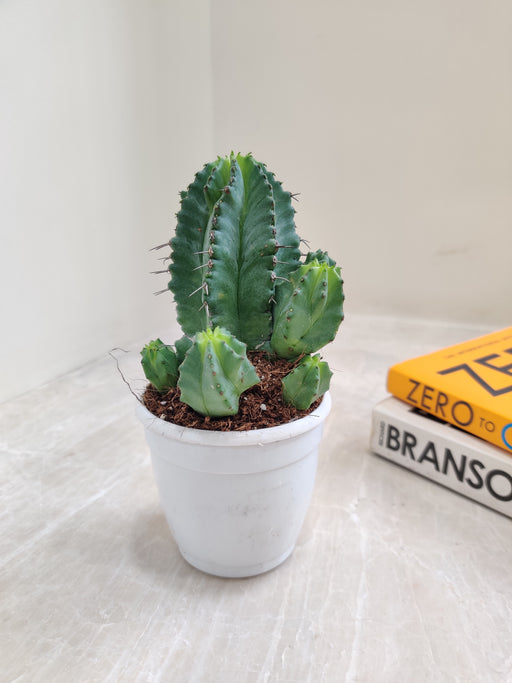
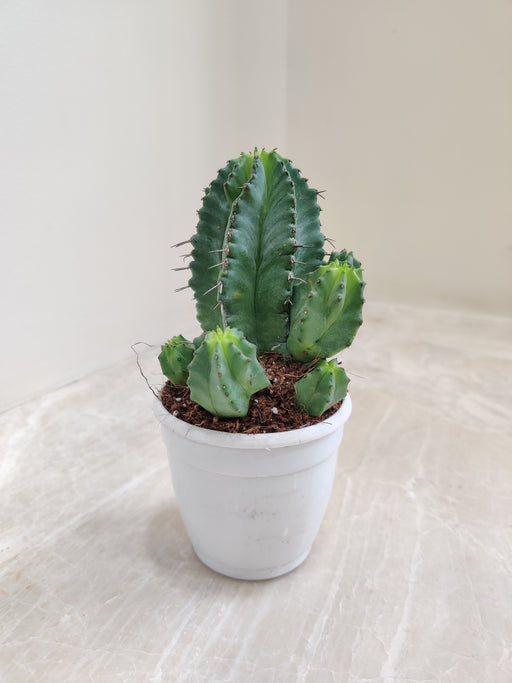
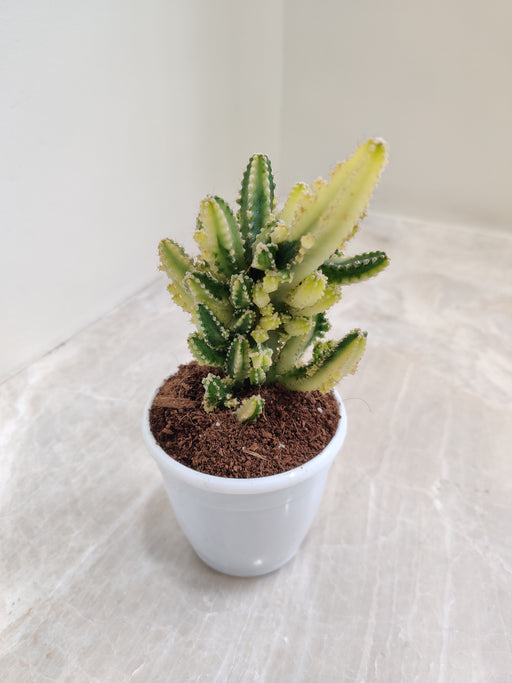
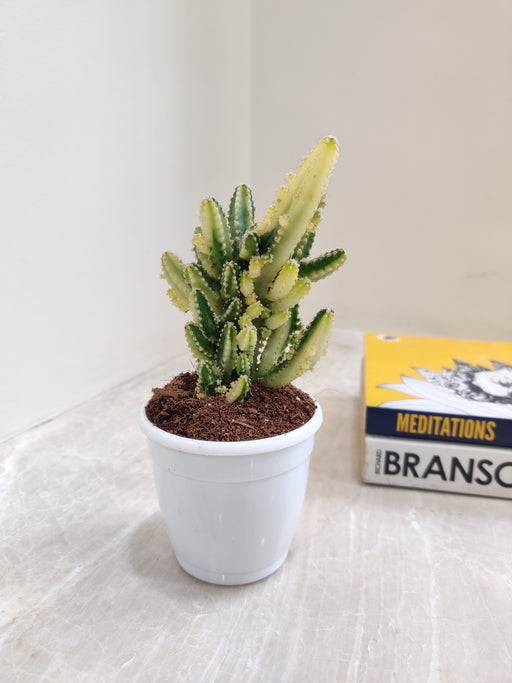
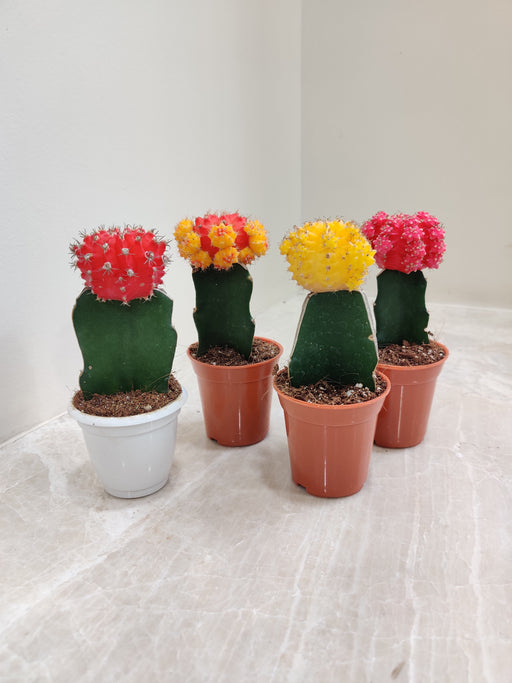
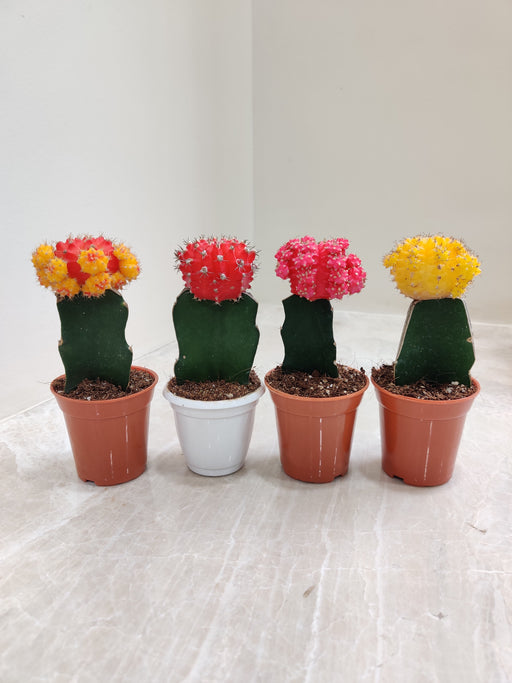
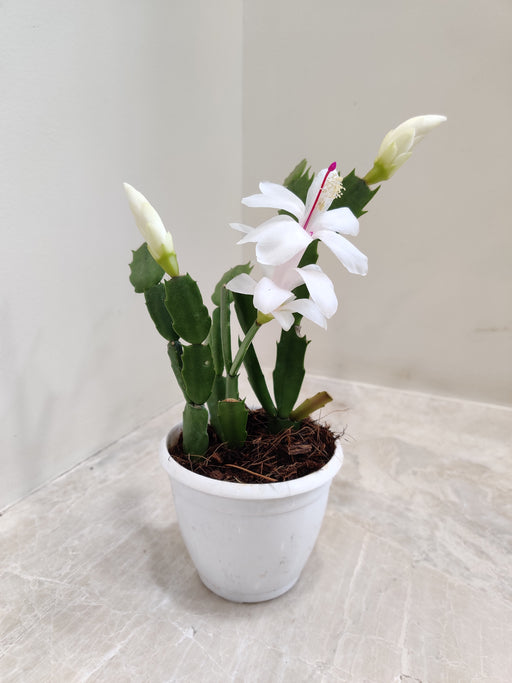
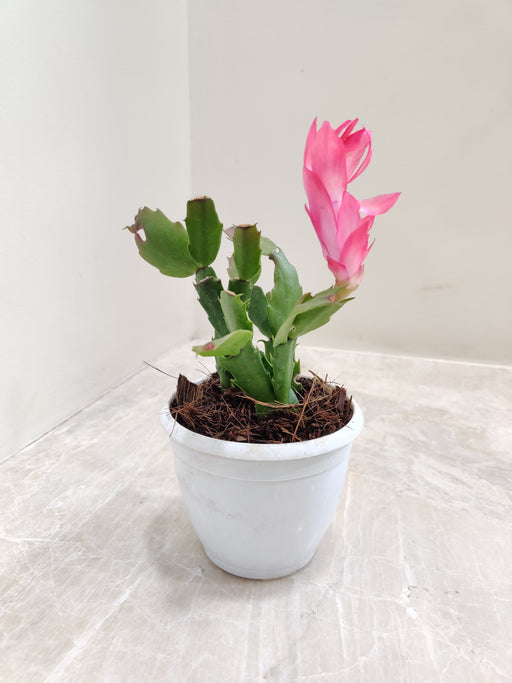
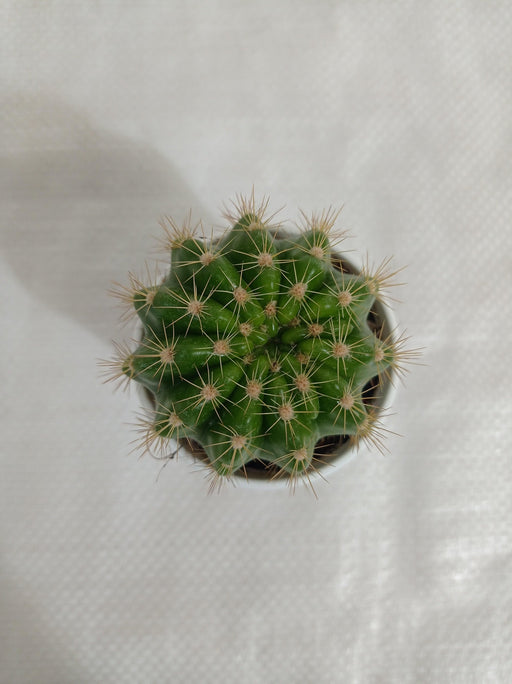
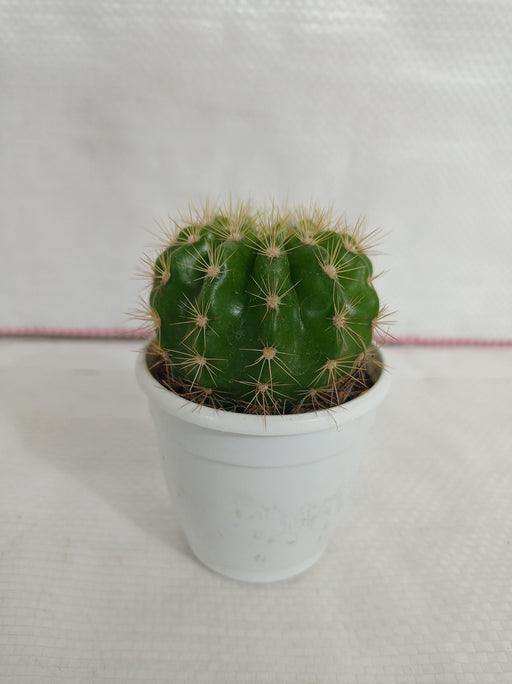
Leave a comment